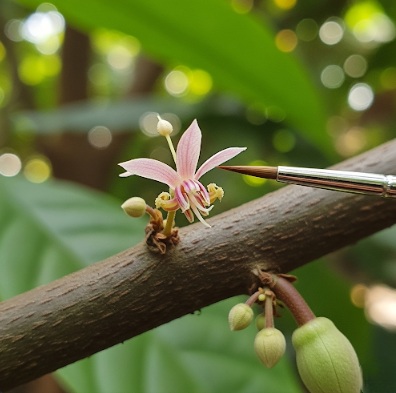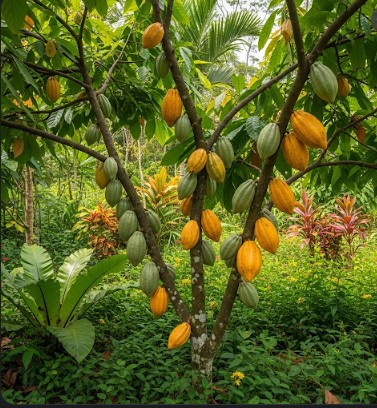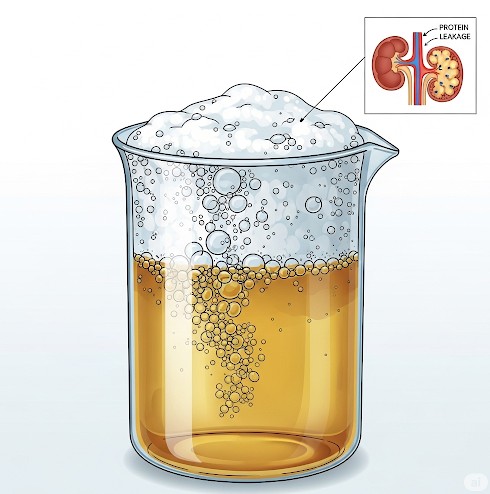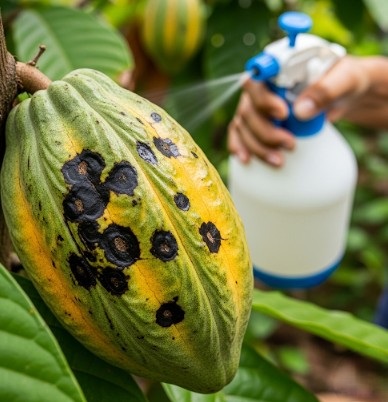
Many people consider Rice and Stew a classic and comforting meal. It is a simple dish where fluffy white rice becomes the perfect partner for a hearty and flavorful stew. This versatile meal is popular in many parts of the world, and you can easily adapt it to your taste. You just need to understand the main components and how to prepare them.
What You Need for Rice and Stew
The two main parts of this dish are the rice and the stew.
- The Rice: You typically use plain white rice. Many people prefer parboiled rice because it cooks up fluffy and separate, which means it doesn’t stick together. You simply boil the rice in water until it is soft and cooked through.
- The Stew: This is the heart of the dish. A typical stew for this meal is tomato-based. You will need a blend of fresh tomatoes, peppers, onions, and garlic. After blending, you fry this mixture until the oil comes to the top. This important step helps to remove the sour taste of the tomatoes and creates a rich, deep flavor.
Adding Your Protein
The stew is not complete without a protein. You can use various meats or fish, depending on your preference. Popular choices include:
- Chicken: You can boil or fry chicken pieces before adding them to the stew.
- Beef: Pieces of beef, often cut into cubes, are great for a rich, meaty stew.
- Fish: Fried fish adds a delicious and different flavor.
No matter which protein you choose, you should season it well before adding it to the stew. This ensures the flavor runs through the entire dish.
How You Serve Rice and Stew
After you have cooked the rice and the stew separately, you can serve them together. You place a portion of the hot, fluffy rice on a plate and spoon a generous amount of the rich, savory stew over it. Sometimes, people mix the stew into the rice, and other times, they eat them separately on the same plate. The final result is a satisfying and delicious meal that a whole family can enjoy.
For a deeper look into the history and cultural significance of this beloved combination, you can read more here.
References
- “Cooking a Classic Nigerian Jollof Stew.” All Nigerian Recipes. www.allnigerianrecipes.com/soups-stews/nigerian-tomato-stew
- “How to Cook Parboiled Rice.” The Spruce Eats. www.thespruceeats.com/how-to-cook-parboiled-rice-4161047




